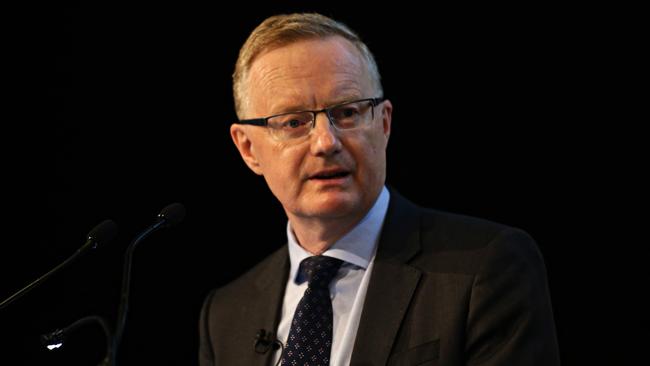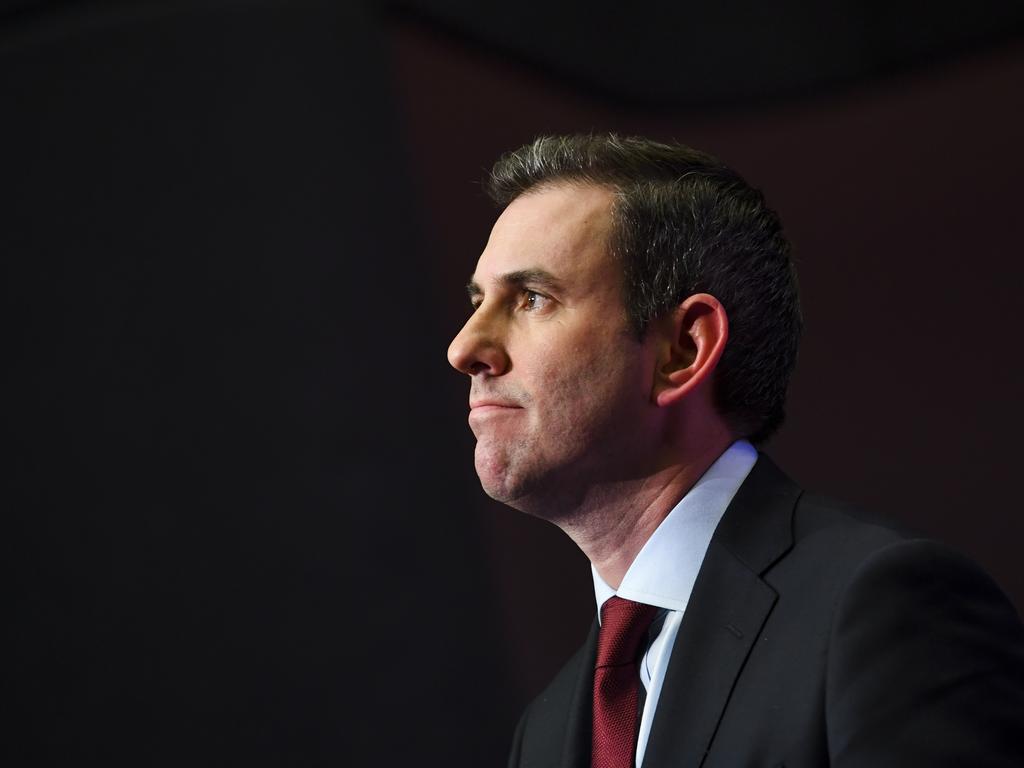Banks’ $14bn rate-cut cash grab
The big four banks are reaping an extra $14bn a year in interest repayments after withholding a quarter of all Reserve Bank rate cuts since 2011.

The big four banks are reaping an extra $14bn a year in interest repayments after withholding a quarter of all Reserve Bank rate cuts since 2011 while at the same time reducing term deposit interest rates in excess of official cash rate reductions.
An analysis of standard variable rates for mortgages and interest rates paid to savers, carried out by comparison website RateCity on behalf of The Australian shows standard variable rates have fallen by just 2.99 per cent since October 2011. Over the same period, the RBA has reduced the cash rate by 4 per cent.
The big four banks’ margin on average standard variable home loans has grown to 4.05 per cent over the cash rate, wider than the 3 per cent difference when the RBA began its latest round of monetary easing in 2011.
The margin is now double the 2 per cent margin that existed before the global financial crisis.
The RateCity analysis found three-year term deposit rates had been slashed by 4.3 per cent, compared with the 4 per cent reduction in the cash rate.
Interest paid on everyday access accounts was sliced by 4.5 per cent over the same period.
Scott Morrison rebuked the big banks last week over their failure to pass on in full the RBA’s October rate cut of 0.25 to a record-low 0.75 per cent. After the rate announcement, the CBA cut its owner-occupied rate by 0.13 per cent and ANZ by 0.14 per cent while NAB and Westpac cut by 0.15 per cent.
“Mortgage holders ... have a reason to be disappointed in the banks, basically, profiteering,” the Prime Minister said.
Opposition Treasury spokesman Jim Chalmers said on Sunday Labor would consider, as part of a broader raft of potential packages, whether to increase the 0.06 per cent tax on the big four banks, plus Macquarie, to increase competition in the sector.
Commonwealth Bank, Westpac, NAB and ANZ control 80 per cent of the mortgage market.
“All of these options should be on the table,” Dr Chalmers told Sky News.
“We need to have a broad conversations about how we can make the banking sector more competitive.
“I’m not favouring one solution or another at this point. The Australian people are up for a more competitive banking system.”
Reserve Bank governor Philip Lowe last week warned the sector there was no excuse for failing to pass on the full rate reduction to customers.
“The lower cash rate should be fully passed through into standard variable mortgage rates,” Dr Lowe said. “Full pass-through would also mean that the economy receives the full benefit of today’s policy decision.”
RateCity director of research Sally Tindall said: “Average home loan rates have not come down by nearly as much as deposits or the cash rate (since 2011).
“When the cash rate gets cut, I don’t think there’s an expectation that the banks net interest margins (or profitability) should go down by a corresponding amount.
“The banks typically try to cut home loan rates and deposit rates to help maintain their net interest margins — however, there are many other factors at play here, particularly wholesale funding costs.
“That said, in a low-rate environment, or a competitive market (or both), some banks may choose to get a lower return on equity in a bid to get new customers.”
Borrowers will now be paying up to an extra $14bn a year in interest repayments on the big four banks’ 80 per cent share of the total of $1.7 trillion worth of outstanding home loan debt than if variable rates had followed the RBA lower over the same period.
The failure to pass on in full the RBA’s interest rate cuts to owner-occupied mortgage holders means the mortgage rates on offer at the big four banks are now on average 2 per cent higher than the lowest rates available from smaller lenders.
“If customers don’t feel like they are getting value for money on their home loan or deposit account then they can vote with their feet and move to a more competitive lender,” Ms Tindall said. “If enough customers refinanced away from the big four banks, they would be forced to stand up and take notice.”
The RBA sliced interest rates to a record low of 0.75 per cent last week, in the third cash rate reduction since June, as the central bank attempts to reverse rising unemployment and revive the economy, which recently booked its worst annual growth since the global financial crisis.
Last week’s rate cut is the latest in a long line of reductions from the RBA, which has been slowly reducing the cash rate since 2011, when the economy started slowing as the mining investment boom began to dwindle.
On Friday, the RBA’s biannual financial stability review poured cold water on those claims, highlighting that major banks had “ample access” to funding sources at a lower cost than a year ago, and had to contend with less profit pressure from falling deposit rates than banks in other jurisdictions.
The RBA noted that a slight fall in the $30bn worth of annual major bank profits this year was mainly due to $7.5bn in refunds for customers who had been ripped off, as exposed by the royal commission.
“It’s concerning to see data showing banks are putting shareholder profits ahead of both borrowers and savers,” Consumer Action Law Centre chief executive Gerard Brody said. “Much more needs to be done to boost effectiveness of competition.”
When announcing the decision to pass on just 13 basis points of the RBA cut to its customers, CBA retail banking boss Angus Sullivan said the lender faced “a difficult balancing act between the multiple, valid interests of … our 1.6 million home loan customers, who want to pay less on their mortgages, and the needs of our shareholders, many of whom are retirees who rely on our dividend”.
Westpac consumer boss David Lindberg said the bank would be passing on 15 basis points due to “the commercial pressures of the low interest rate environment”, while ANZ executive Mark Hand said he hoped the bank’s rate reduction “provides the economic stimulus the Reserve Bank is wanting to generate”.




To join the conversation, please log in. Don't have an account? Register
Join the conversation, you are commenting as Logout